Dog grooming is an essential part of being a responsible pet owner. Not only does it keep your dog looking good, but it also promotes their overall health and well-being. However, regular trips to the groomer can be costly and time-consuming. That’s where dog grooming at home comes in. With the right knowledge and tools, you can easily groom your furry friend in the comfort of your own home. In this article, we will guide you through the process of dog grooming at home and provide tips and tricks to make it a smooth and enjoyable experience.
Getting Started with Dog Grooming at Home
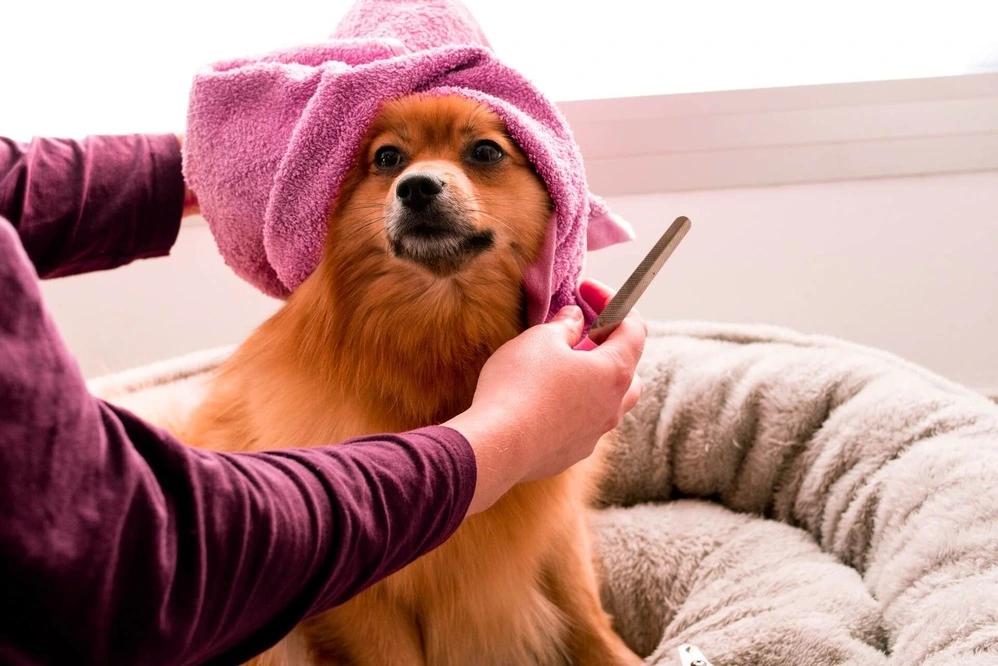
Before diving into the specifics of dog grooming at home, let’s first cover the basics. Here are some essential things you will need to get started:
Essential Tools for Dog Grooming at Home
- A grooming brush: This is essential for keeping your dog’s coat healthy and shiny. Different breeds may require different types of brushes, so do your research before purchasing one.
- Nail clippers: Overgrown nails can be uncomfortable for your dog and may cause difficulty walking. Regularly trimming your dog’s nails will prevent this and keep their paws in good condition.
- Ear cleaner: Dogs are prone to ear infections, so cleaning their ears regularly is crucial. Make sure to choose a gentle and safe ear cleaner specifically designed for dogs.
- Toothbrush and toothpaste: Just like humans, dogs need regular dental care. Invest in a dog-specific toothbrush and toothpaste to keep their teeth clean and healthy.
- Shampoo and conditioner: It’s important to use dog-specific products as they have a more balanced pH level for their skin. Look for products that cater to your dog’s specific coat type.
- Towels and a blow dryer: These will come in handy for drying your dog after a bath or if they get wet from playing outside.
Creating a Safe and Comfortable Environment
Before starting the grooming process, make sure to create a safe and comfortable environment for your dog. Set up a designated area with all the necessary tools and supplies. It’s also important to have a non-slip surface for your dog to stand on to prevent any accidents. Make sure to keep treats at hand to reward good behavior and provide a positive experience for your dog.
Now that you have the essentials, let’s move on to the different aspects of dog grooming at home.
Brushing Your Dog’s Coat
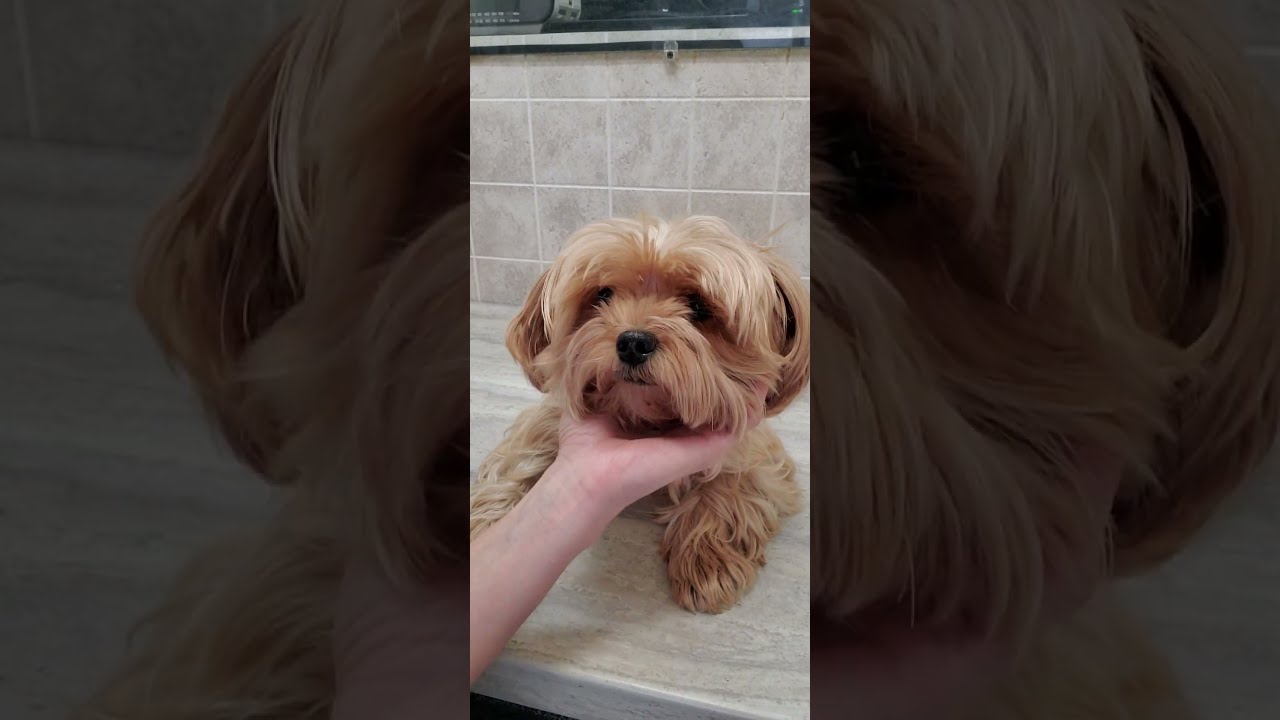
Regular brushing is crucial for maintaining a healthy coat for your dog. Not only does it remove dirt and debris, but it also helps distribute natural oils throughout their fur, keeping it shiny and soft. The frequency of brushing will depend on your dog’s breed and coat type.
Choosing the Right Brush
Different breeds require different types of brushes. For example, a slicker brush is best for long-haired breeds, while a bristle brush works well for short-haired dogs. Do some research to determine the best brush for your dog’s coat type.
The Brushing Process
- Start by gently untangling any mats or knots using your fingers or a detangling spray.
- Once the tangles are removed, use a brush to work through the coat in the direction of hair growth.
- Pay extra attention to areas such as the underarms, belly, and tail, where mats tend to form.
- Use a fine-tooth comb to remove any remaining tangles.
- If you encounter any mats that cannot be removed by brushing, seek professional help.
Trimming Your Dog’s Nails
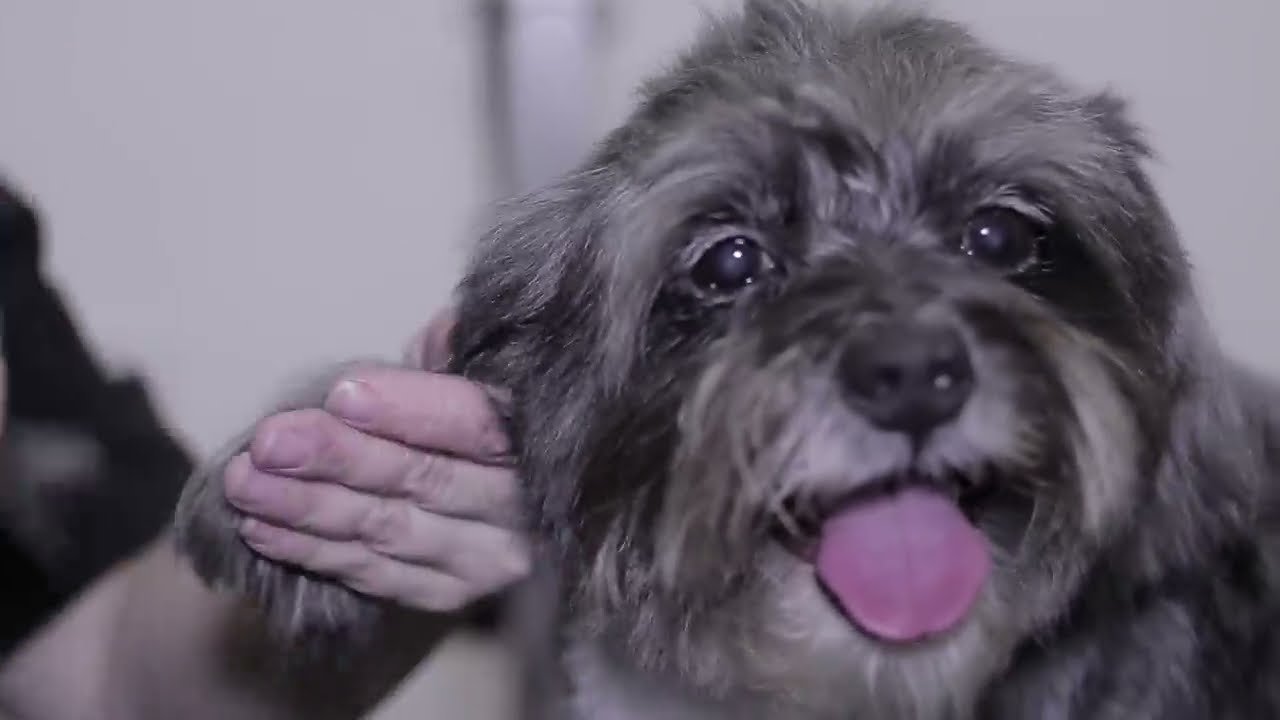
Trimming your dog’s nails may seem daunting, but with the right tools and technique, it can be done safely at home.
Choosing the Right Nail Clippers
There are various types of nail clippers available, including guillotine-style clippers and scissor-style clippers. Choose the one that you are most comfortable using.
Trimming Technique
- Start by getting your dog used to having their paws touched and manipulated. This will help them feel more relaxed during the actual trimming process.
- Hold your dog’s paw and gently press on the pad to expose the nails.
- Use sharp and clean clippers to trim the tip of each nail, being careful not to cut into the quick (the pink part of the nail that contains blood vessels and nerves).
- If you accidentally cut the quick, apply styptic powder or cornstarch to stop any bleeding.
- Repeat the process for all four paws, and don’t forget to trim the dewclaws if your dog has them.
Bathing Your Dog
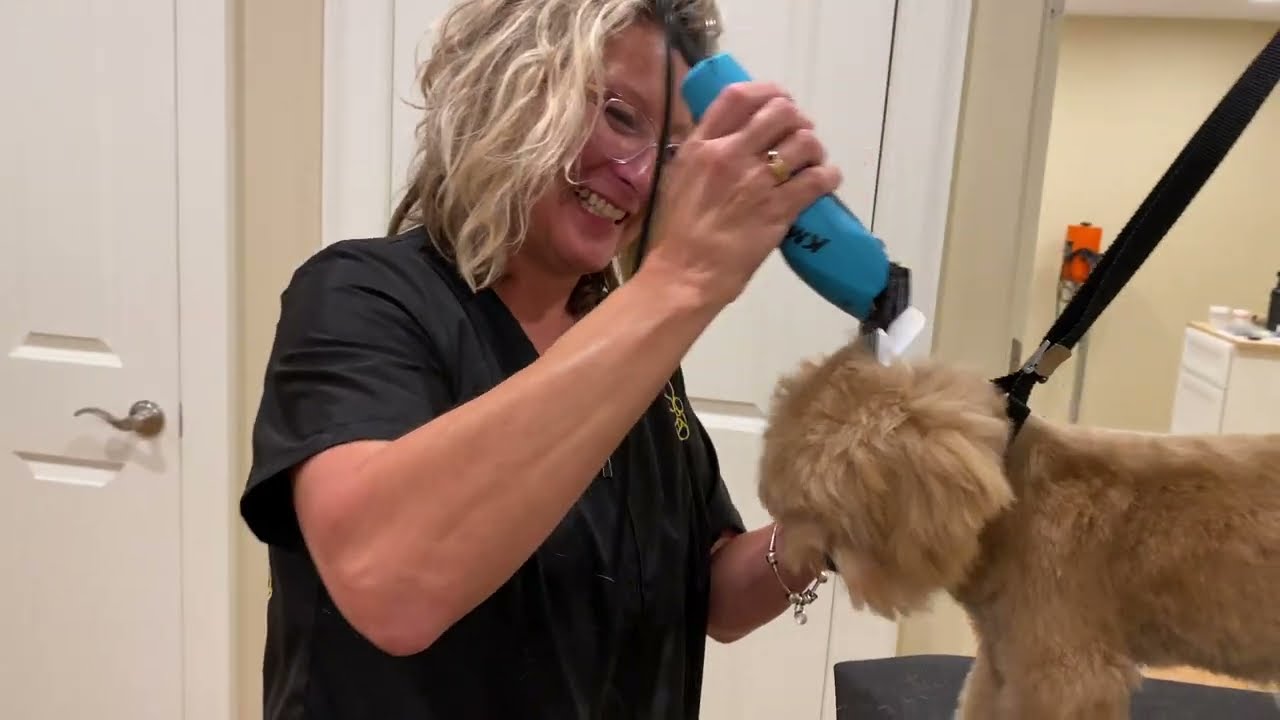
Bathing your dog may seem like a daunting task, but with the right approach, it can be a fun bonding experience for both of you.
Preparing for the Bath
- Before bathing, give your dog a thorough brushing to remove any tangles or mats and make the bathing process more manageable.
- Place a non-slip mat in the bathtub to prevent your dog from slipping.
- Use lukewarm water and dog-specific shampoo to avoid drying out their skin.
- Have towels and a blow dryer ready for when the bath is finished.
The Bathing Process
- Wet your dog’s coat thoroughly and lather up the shampoo, avoiding the face and ears.
- Rinse off the shampoo completely to prevent any residue from irritating your dog’s skin.
- Apply conditioner if needed and rinse again.
- Use a towel to dry your dog as much as possible, then use a blow dryer on a low setting to complete the drying process.
Maintaining Your Dog’s Ears and Teeth
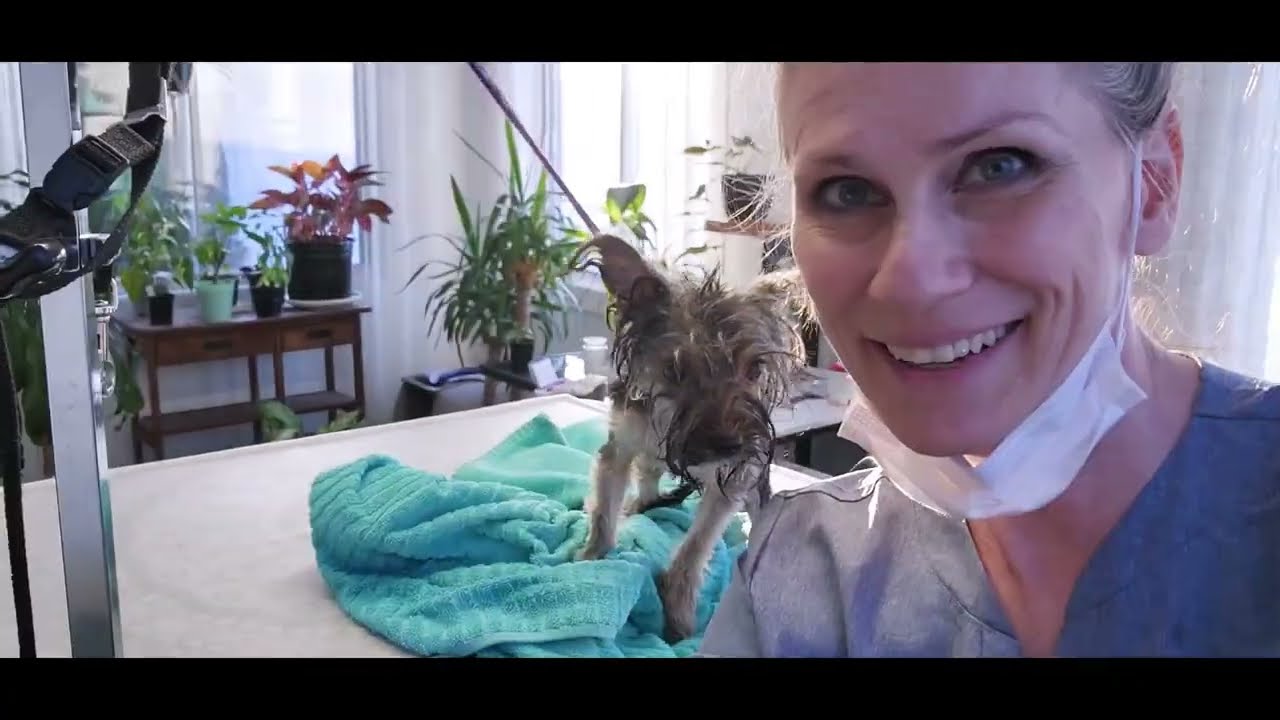
Regularly cleaning your dog’s ears and teeth is crucial to their overall health and hygiene.
Cleaning Your Dog’s Ears
- Use a gentle, dog-specific ear cleaner and cotton balls to clean the inside of your dog’s ears.
- Be careful not to insert anything into the ear canal as this may cause damage.
- If you notice any redness, discharge, or foul odor, consult your veterinarian.
Brushing Your Dog’s Teeth
- Start by getting your dog used to having their mouth touched. This will help make the brushing process easier.
- Use a dog-specific toothbrush and toothpaste to brush their teeth gently in a circular motion.
- Be sure to focus on the back molars, where plaque tends to build up.
- If your dog is resistant to brushing, try using dental wipes or dental chews instead.
Conclusion
Dog grooming at home may seem intimidating at first, but with the right tools and knowledge, it can be a fun and rewarding experience for you and your furry friend. Remember to always be patient and gentle, and never force your dog if they are feeling uncomfortable. With regular practice, you’ll become an expert in no time, and your dog will thank you for keeping them looking and feeling their best.

